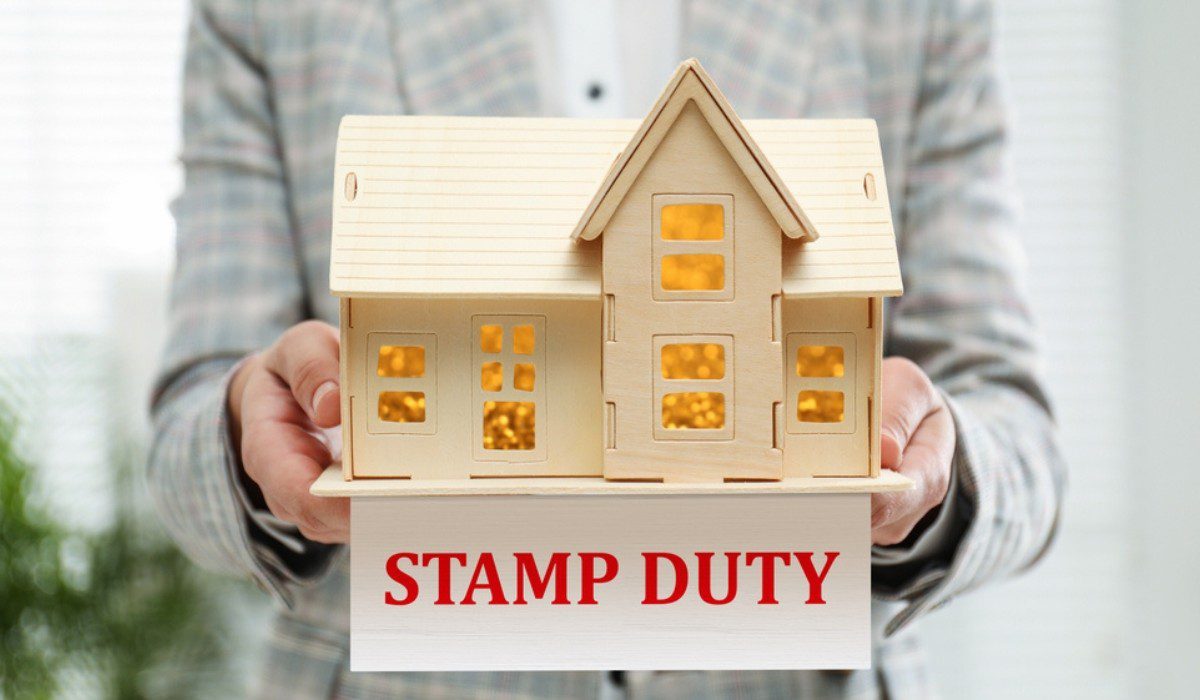Buying your first home is an exciting milestone, but understanding all the property costs, including Stamp Duty Land Tax (SDLT), can be daunting for first-time buyers. One of the most common questions is, “Do first-time buyers pay Stamp Duty?” Getting the facts about paying Stamp Duty is key to budgeting for your property purchase and avoiding any unexpected costs.
The good news is that, thanks to first-time buyer relief, you may not have to pay Stamp Duty at all, or you might pay much less than buyers moving up the ladder. The UK government introduced special rules to help first-time buyers in England and Northern Ireland. This blog will guide you through Stamp Duty thresholds, qualifying criteria, exemptions, and what happens as property prices change.
Professional advice from a mortgage expert, such as Eden Hawk, can help you clarify your eligibility and navigate unique or complex circumstances.
What Exactly Is Stamp Duty Land Tax (SDLT)?
Stamp Duty Land Tax is a government tax that you may need to pay when buying residential property or land in England and Northern Ireland. Stamp Duty rates depend on the property’s price and your buying status. Different rules and transaction taxes apply in Scotland and Wales (Land and Buildings Transaction Tax and Land Transaction Tax), but the focus here is SDLT as it applies to most property purchases in England and Northern Ireland.
The key thing to remember is that Stamp Duty is calculated in bands. You pay a different rate for each portion of your property’s price that falls within each band, much like income tax. For most property purchases, the need to pay SDLT starts when the property value exceeds a certain threshold. For non-first-time buyers, standard rates apply from £250,000 upwards, but first-time buyers benefit from much higher thresholds.
The Good News: First-Time Buyer Relief
First-time buyer relief provides a Stamp Duty exemption or a reduced rate for first-time buyers purchasing properties up to a specified value. This scheme lets you save money and reduces your upfront costs. Understanding how much Stamp Duty you’ll need to pay, or whether you’ll pay any at all, can have a big impact on your finances.
You qualify for first-time buyer relief if:
- You (and anyone you’re buying with) have never owned a residential property or had a main residence anywhere in the world. This includes freehold sales, leasehold properties, inherited property, and shared ownership schemes.
- The property is worth £625,000 or less.
How Much Stamp Duty Do First-Time Buyers Pay?
Let’s get clear on Stamp Duty thresholds and the relief available:
- Properties up to £300,000:
You pay 0% Stamp Duty. This means a first-time buyer purchasing a property worth up to £300,000 owes no duty at all. - Properties between £300,001 and £500,000:
You pay 5% Stamp Duty, but only on the portion above £300,000. - Properties above £500,000:
The first-time buyer exemption doesn’t apply. You’ll pay Stamp Duty at the standard residential rates for the entire purchase price.
Example 1:
Buying your first home for £350,000?
You pay nothing on the first £300,000, then 5% on the remaining £50,000, a total of £2,500.
Without the relief, the SDLT bill would be around £7,500.
Example 2:
For a purchase price of £500,000, you pay nothing up to £300,000, then 5% on the remaining £200,000, which equals £10,000.
Example 3:
Buy a new property for £700,000, and the relief does not apply because the price exceeds £500,000. You’ll pay Stamp Duty at the standard rates, 0% on the first £125,000, 2% on the next £125,000, and 5% on the portion up to £925,000.
Worth noting:
Stamp Duty rates and property price thresholds can change, often in the government’s Spring Budget or Autumn Statement.
Always check the latest official guidance before making any house purchases.
What Qualifies as a First-Time Buyer?
Being a first-time buyer isn’t just about never having bought a home before in England. To be eligible for Stamp Duty relief, you must not have owned or had a major interest in any residential property, in the UK or abroad. This applies to all buyers. For example, a joint purchase with someone who has previously owned property means you’re not eligible for the relief.
Inherited properties, freehold or leasehold properties, and any share in a house or flat all count as previous ownership, meaning you’ll pay SDLT at normal rates. If your circumstances are complicated, or you’re unsure which stamp duty rates apply to your purchase, it’s always worth seeking advice from a mortgage broker familiar with duty land tax and housing market changes.
Shared Ownership, Leasehold, and Special Circumstances
Shared ownership lets you buy a share in a property and pay rent on the rest. For Stamp Duty, you can:
- Pay SDLT on just the share you buy now, paying more later as you staircase (acquire further shares).
- Make a one-off payment on the full market value and claim the relief if the property value is within the threshold.
Leasehold properties, inherited shares, and joint purchases each have different rules regarding Stamp Duty relief. For most property purchases, your solicitor or conveyancer handles the SDLT return, calculates how much Stamp Duty you need to pay, and pays HM Revenue & Customs on your behalf.
When and How Do You Pay Stamp Duty?
SDLT must usually be paid within 14 days of your house purchase completing. Most buyers simply pay the tax through their solicitor, who will collect and submit their return to HMRC. Even if you don’t owe any Stamp Duty (because your property is under the first-time buyer threshold), you’ll still need to file a return.
Missing the payment window can result in penalties, so make sure your upfront costs are in good shape and funds are ready at completion.
Frequently Asked Stamp Duty Questions
- What is the Stamp Duty rate for first-time buyers?
0% on the first £300,000, then 5% up to £300,001 (property value). Over £500,000, you pay standard rates. - Does shared ownership always qualify?
Yes, if the full property’s price is within the threshold and you qualify as a first-time buyer. - Do I pay Stamp Duty when inheriting a property?
No. But you lose the - first-time buyer exemption for your own purchase later.
- Does location in the UK matter?
Stamp Duty Land Tax applies in England and Northern Ireland. Different rates and exemptions exist for Scotland and Wales.
Key Points for First-Time Buyers
The relief for first-time buyers means most property purchases under £300,000 have no Stamp Duty bill. For more expensive homes, first-time buyer stamp duty depends on the property price, with the relief still reducing your costs compared to standard rates. Properties above £500,000 are excluded (standard stamp duty rates apply).
Your eligibility for time buyer relief depends on never holding a previous main residence or any share in residential property. Always review your personal circumstances with a solicitor or experienced mortgage adviser, especially if you’re not sure which charges and thresholds apply.
Careful budgeting and planning for upfront costs like Stamp Duty Land Tax make the process of buying your first residential property less stressful. By knowing exactly how much you need to pay, you can focus on what matters most: moving into your new home.































